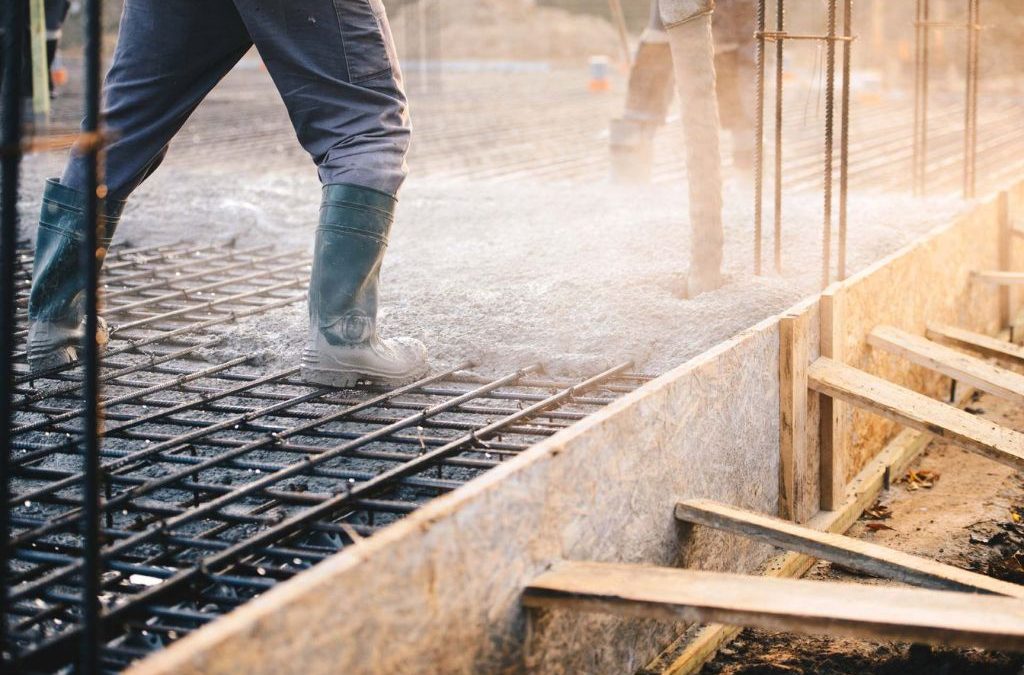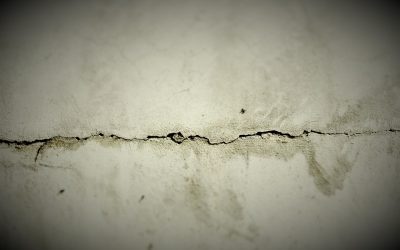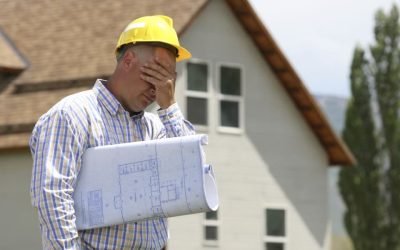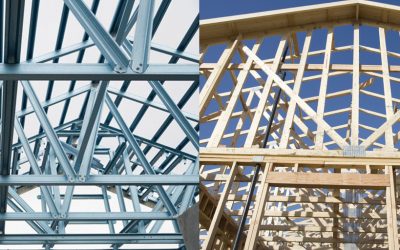Australia, and particularly Melbourne, have never needed more homes than it does at the moment! The same applies to extensions and renovations, as people just like you tackle the next steps forward in our rapidly-changing society. In the midst of it all is a confusing debate: between choosing a concrete slab or more traditional stumps for house foundations. It’s a pivotal decision not just for you, but also for builders Melbourne wide: because it’s not just about picking a base from a menu. It’s a basic choice that will impact your home’s durability, cost, and compatibility with the local soils and geology.
Concrete slab vs stumps: What’s it all about?
Whether it’s the modern sturdiness of a concrete slab, or the traditional resilience of old-favourite stumps, each option has its unique advantages and scenarios where it shines. But why is this even a debate? The answer lies in the diverse Melbourne and wider Australian climate, varying soil types, and the evolving demands of home construction.
In this blog, we’re going to take a deep dive into the slab vs stumps debate, providing you with an expert perspective to help you understand which foundation type best suits your home construction needs:
Knowing your ground: Slab vs stumps
When deciding between a concrete slab and stumps (also known as a stump foundation), several factors come into play. It’s all about soil type, topography, climate, and the specific needs of your home. How can you determine which side of the fence you fall on? Read on:
1. Climate & soil type
Areas prone to high moisture levels or significant soil movement really do benefit from stumps, as they allow for better airflow and adaptability to soil shifts. On the other hand, concrete slabs offer better insulation in cooler climates and are suited for stable, non-reactive soils.
2. Flood risk
In particularly flood-prone regions, building on stumps elevates the structure, offering critical protection against water damage. This traditional method is particularly advantageous for houses built in such vulnerable areas.
3. Energy efficiency
There’s no doubt about it: concrete slabs provide excellent thermal mass, making them ideal for energy-efficient homes. They absorb heat during the day and release it at night, helping to regulate indoor temperatures.
4. Accessibility & repair
Stump foundations offer easier access to plumbing and electrical services, which can be very helpful in times of maintenance or repairs. If you anticipate needing frequent access to these systems, stumps might be the preferable option.
5. Cost & construction time
Generally, a concrete slab can be quicker and less expensive to install compared to stumps. However, the total cost and time can vary based on the site’s specifics and the need for additional works such as levelling or soil stabilisation.
6. Historical & aesthetic considerations
If you’re aiming to preserve the historical integrity of a building or seeking a specific aesthetic (like a period home for example), stumps can provide a more traditional look. The elevated look of a house on stumps has its unique charm and can be a personal stylistic choice.
7. Ground movement
One of the advantages of building a house on stumps is that, beyond flood mitigation and aesthetic appeal, stumps can reduce the impact of ground movement on the structure. They’re also better suited for sloped blocks, where levelling for a slab could be prohibitively expensive.
Concrete slab vs stumps: It’s not a no-brainer
FOR SLABS: Concrete slabs offer a solid, low-maintenance foundation that enhances energy efficiency and is ideal for stable, flat terrains, unlike stumps which may require adjustments over time due to soil movement.
FOR STUMPS: Stump foundations provide superior ventilation and are adaptable to uneven terrains and flood-prone areas, offering a flexibility that rigid concrete slabs cannot match.
Slab vs stumps: How on earth will you decide?
The debate between a concrete slab and stumps isn’t about finding a one-size-fits-all solution. No, it’s about identifying the best foundation for your specific situation. Both options have their merits, and the right choice depends on a multitude of factors including environmental conditions, budget, and personal preferences.
If you’re planning to build or extend your home and find yourself pondering over slab vs stumps or house on stumps vs slab, remember that each method still has its place in Australian construction. It’s often simpler and structurally advisable to match the foundation type of the existing house. Carefully consider your long-term needs, consult with experienced professionals, and choose the foundation that aligns with your vision for your home.
Looking to make an informed decision ASAP? RFT Solutions offers expert advice and comprehensive services across all things related to house construction, extensions and renovation, including drafting, assessing builders’ quotes and much more.
With our deep understanding of Australian building requirements and a commitment to excellence, let us guide you through choosing the ideal foundation for your home. Want to discuss your project and find out how we can bring your vision to life? Give us a shout at RFT Solutions today!













